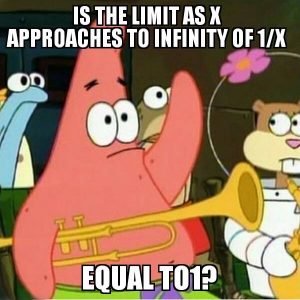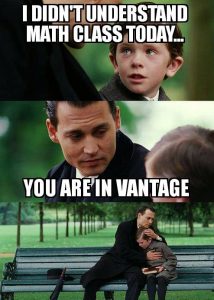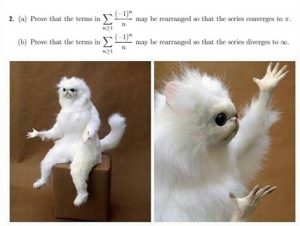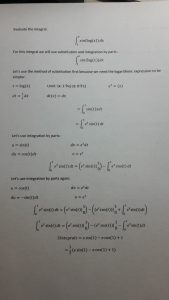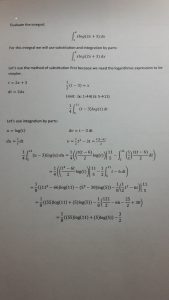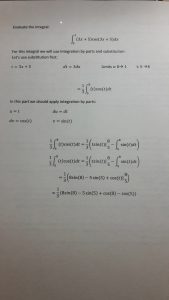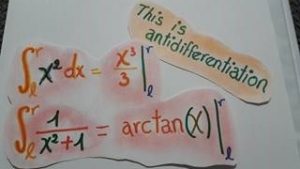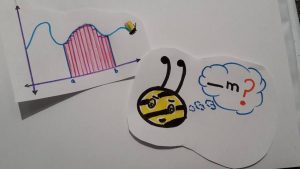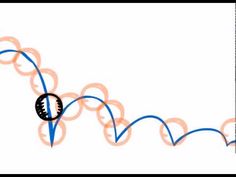Motivation
Have you ever considered the volume of water that covers the Earth? Or have you seen at the sky and wonder how many stars are in certain galaxy? Many scientists have wondered things like that, in fact the purpose of science is to give an answer to phenomena in the world and simplify the concepts to make them understandable for everyone in the world.
Now, let’s consider a galaxy and some astronomers that started their observations on that galaxy or better than that, think like those astronomers; if you wanted to know how many stars would be there applying an easy method, you should be wondering where to start. Perhaps, I would calculate the area of one star and the area of the target galaxy and I would use this data to determine the number of stars. However, the area of a galaxy or even the area of a star is not calculable because there are not regular polygons. We need an approximation to describe the area (a method that is not conventional).
-

Consider another situation where a group of geoscientists want to know the area of a tectonic plate but how can they measure the surface of an irregular shape? This is a challenging question because tectonic plates do not have any similarity with the common geometric figures for which we can easily calculate their area. How can you be sure about the surface of your country? It is another complicated issue that can be solved using mathematics.
Scientists and mathematicians have wondered these kinds of questions in the past and have come up with good approximations. Researchers and scientists started from previous knowledge. Since that scientists from different ages (and we will be scientists someday to join them all) began with very simple definitions, creativity was required to solve the problems they worked on.
For example, imagine yourself as Riemann (at this point is kind of weird since we already know what he did though). Let’s start by taking whatever irregular shape and divide it in small defined portions such as simple rectangles. Now, we can make an approximation of the figure’s area by filling it with rectangles. The accuracy of the measurement depends on the number of rectangles used. The more rectangles you used, the more accurate your calculation will be.
Throughout the years, scientists have improved the methods to get an accurate value of areas, there is where the concept of integral appeared.
Names:
Loretta Li 26450163
Gustavo Loachamin 16367161
Mirkka Puente 22532162
